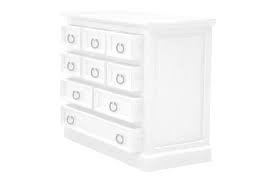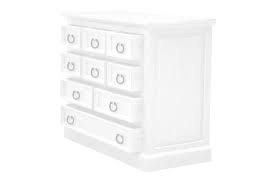Keep tracing the drain lines towards the septic tank. How the leach field works.

Septic Tank Pump Out & Repair; cleaning, pumping, clean
It is an underground system of lines or pipes surrounded by gravel, sand, or permeable soil.

What is a leach field for a septic tank. In reality, this can be said to be an extension of the septic tank as it collects wastewater from the tank for further treatment. At the leach field the water divides up into several pipes where it exits into the ground. See more ideas about septic tank systems, septic tank, septic system.
Since the tank is located just to the opposite side of the house, drain lines go to the. An improperly designed drain field will do nothing but cause huge problems with the entire system. The size necessary for your drain field will depend on a few factors.
When you design your drain field, there are a few things to keep in mind. They have a file for every septic system that was built with a permit. Wastewater generally flows from the.
The bacteria that enters with the waste digests the organic material and pathogens and helps clear out the water. Of course, if your system wasn’t built with a permit, you won’t have any luck here. To find the septic tank field lines start the search from your home.
Functions of the leach field. The drawings will show you the layout, location, and all the details of. This section of the septic system consists of a network of perforated pvc drain pipes, crushed stone and a layer of unsaturated soil.
A septic drain field, a septic tank, and associated piping compose a septic system. The leach field, also referred to as a drain field, receives the wastewater from the septic tank. The septic tank is an anaerobic (wet) environment where most yeasts and other additives will have little or no effect on the sewage.
Here are some clues that should alert you to a leach field problem: Septic drain fields, also called leach fields or leach drains, are subsurface wastewater disposal facilities used to remove contaminants and impurities from the liquid that emerges after anaerobic digestion in a septic tank.organic materials in the liquid are catabolized by a microbial ecosystem. Septic system drainfields, also called leach fields or absorption fields, are critical to a properly functioning septic system because they remove and manage the wastewater pumped from the septic tank.
Ironically, if the grass above it is greener and healthier than the rest of your grass in the yard. Septic system odors above the leach field and/or septic tank. We’re only looking at the leach field part of the septic system because we want to highlight how it functions.
Check the natural slope of the land to locate the leach field. At the tank's end opposite the house, the drain line leads to the leach field. Through small holes in the leach field pipe.
Most septic system failures are. The septic tank digests organic matter and separates floatable matter (e.g., oils and grease) and solids from the wastewater. Other septic system components are the septic tank and the distribution box or chamber.
When the water exits the septic tank it travels down another pipe to the leach field. They feature perforated pipes buried two to four feet underground running from the tank. A septic drain field is a vital part of any septic system.
Trace the plumbing drain lines to the septic tank, which is usually installed 10 to 20 feet from the home's exterior. Some old school installers want to put an additive, a shovel. The septic leach field consists of a series of drain lines and it tends to cover a fairly expansive space.
The wastewater sinks into the soil, where it is broken down by natural bacteria. A leach field is commonly know as a drain field which is a portion of area that is attached to a septic tank for an individual home. Start your search for the septic tank lines at the house.
The leach field, also known as the drain field, is the underground area on your property where your leach field pipes filter the wastewater from the tank into the soil. A leech field and a septic tank are two different parts of a complete septic system. Wet spots of sewage rising to the surface from above the leach field.
An extension of your septic tank. The soil should be tested for a percolation rate first. A drain or leach field performs an important function that cannot be overlooked.
This water soaks through the gravel bed of the leach field then is absorbed. The bacterial action that breaks down waste materials takes place in the septic tank. Also known as drainfield, the leach field is an often invisible sewage treatment system component.
Or whatever the local regulatory officials require, so always check with the. As the level of the tank rises, the effluent leaves the tank and heads to the drain field. The most reliable method to locate your septic tank field lines is to reach out to your local health department.
The main purpose of the leach field is to disperse liquids from the septic tank in the an area of soil by means of drains which eventually gets spread out in the large area known as the leach field. Sewage products that are reduced to a liquid effluent are transferred to the leech field and carried out to be absorbed into the soil.

Restoring A Septic Drain Field First Steps (Least Vs

How A Septic Tank Works in 2020 Septic tank systems

XTREME PUMPING and SEPTIC, 24/7 service, Located in

Assessing Septic System Sizing For Tank
And Drain Field

Plumbing Calculation of Septic Tank Size Septic tank

All septic repair and installation skills require years to

Leaching Field septic system Septic tank, Septic tank

Sewer and Storm Sewer Systems Seems to be typical as long

Septic Tanks Explained McCoy Wright Realty Septic

How to Install a Septic Tank and Field Line Sewer System

Septic Tank Installation Diagram these pipes or tile

Septic Tank Baffle Repair infiltrator leach field

How to Construct a Small Septic System (with Pictures









